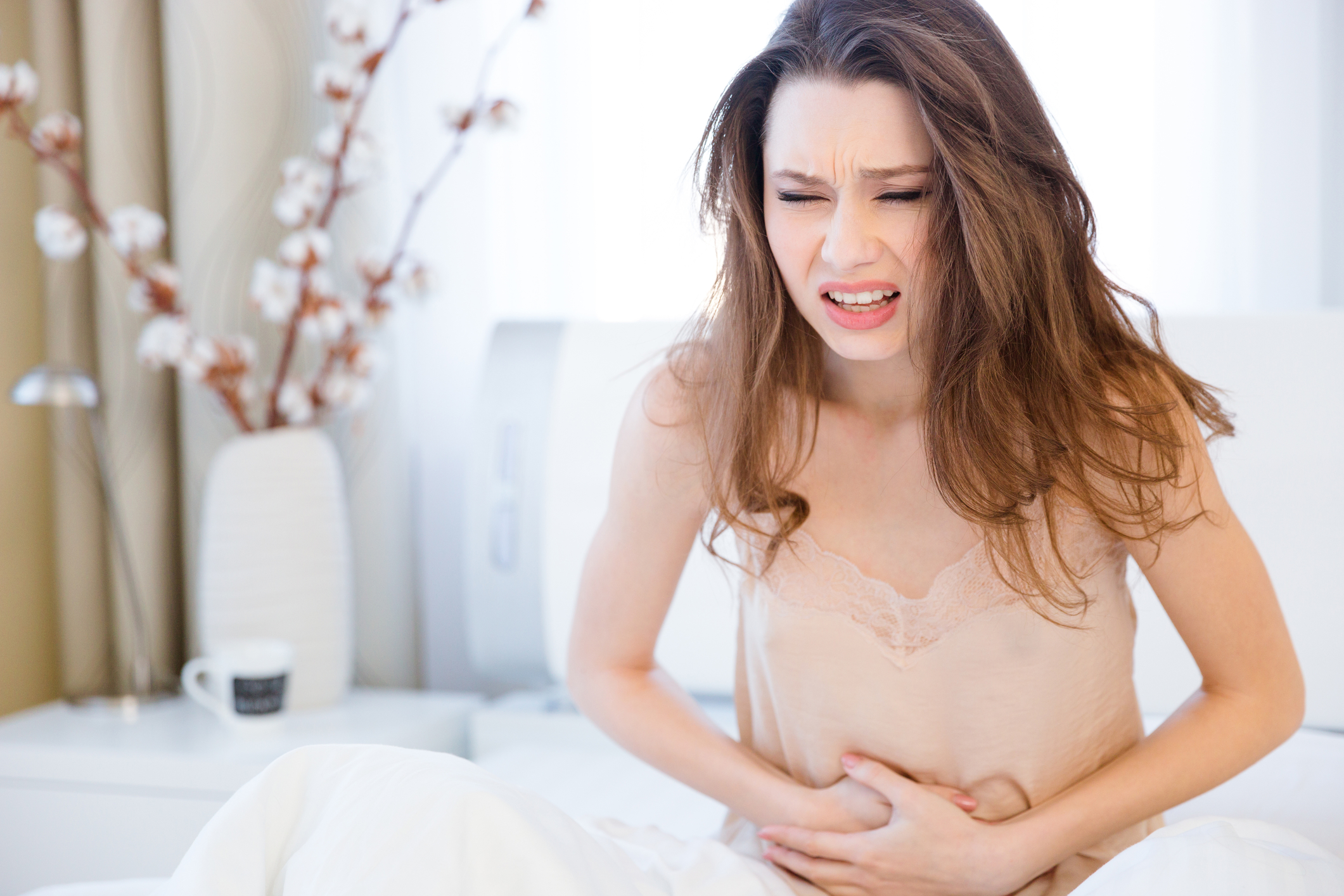Ulcerative Colitis: Symptoms And Treatments
Ulcerative colitis is an autoimmune disorder in which the immune system mistakenly attacks the digestive tract. It is a form of irritable bowel syndrome affecting the innermost lining of the large intestine and rectum. Unlike Crohn’s disease, which may affect any part of the gastrointestinal tract from the mouth to anus, ulcerative colitis is restricted to the large intestine or colon. Ulcerative colitis is characterized by various degrees of flare-ups and periods of remission. Although no cure is available, treatment options are available to reduce symptoms.
10. Abdominal Pain

Pain in the lower region of the belly or the abdomen is one of the earliest signs of the disease. It tends to be present whenever the disease is active, or when there is a flare. Abdominal pain may change as the illness develops and worsens over the years. It is caused by the presence of ulcers on the lining of the colon, which become infected, inflamed and full of pus. Natural anti-inflammatory remedies are recommended as many over-the-counter medications may cause further damage to the lining of the colon.
9. Bloody Diarrhea

The presence of bloody diarrhea and mucus is an indication of a flare, or when the disease becomes active. Infected or inflamed ulcers located on the lining of the colon cause extreme irritation and disruption to the digestive process. Food that enters the gastrointestinal tract during a flare further irritates the inflamed intestines, causing diarrhea. Avoiding inflammatory foods such as dairy, wheat, gluten, fatty meats, and grains while a flare is present may reduce the amount of bloody diarrhea.
